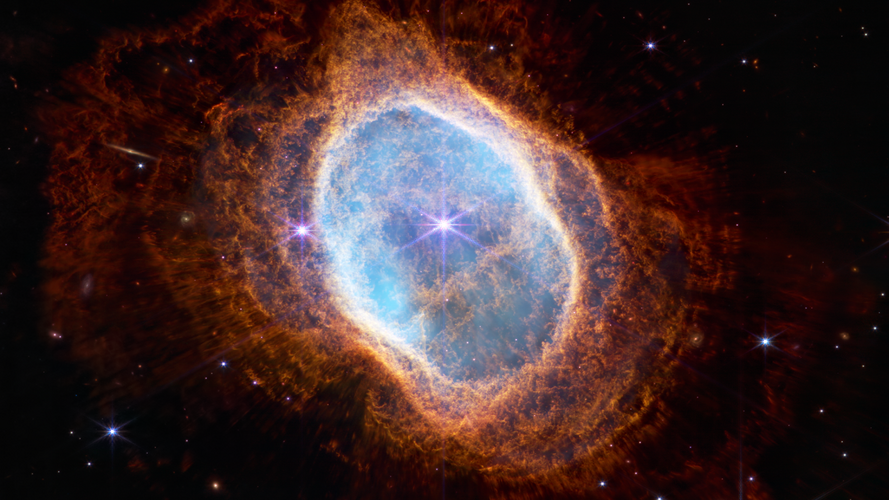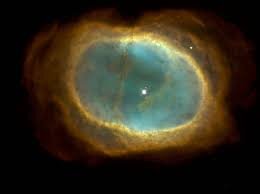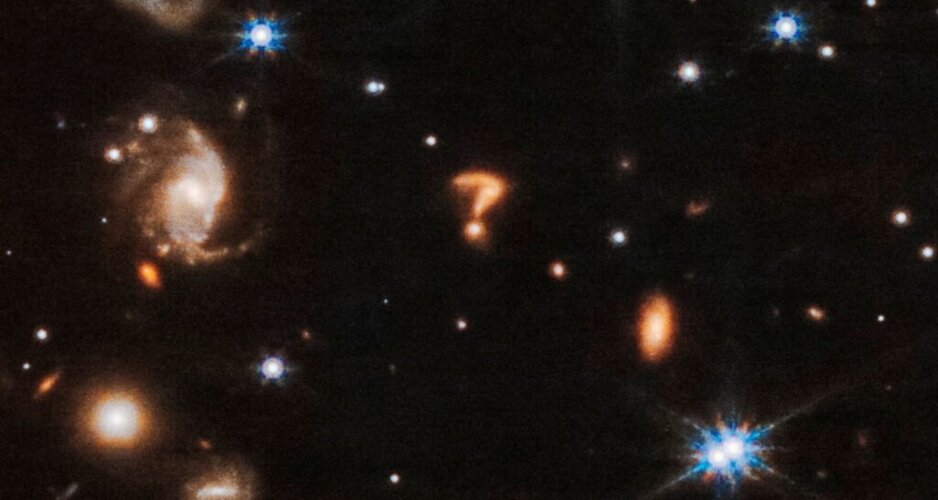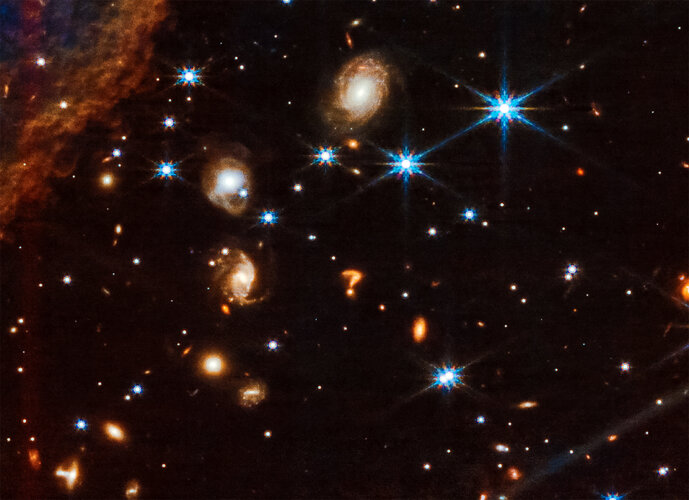- Joined
- Jul 18, 1998
- Messages
- 25,937
- Reaction score
- 56,850
Online



NASA’s Webb Captures Dying Star’s Final ‘Performance’ in Fine Detail - NASA
NASA’s James Webb Space Telescope has revealed details of the Southern Ring planetary nebula that were previously hidden from astronomers. Planetary nebulae are the shells of gas and dust ejected from dying stars.









